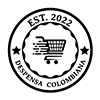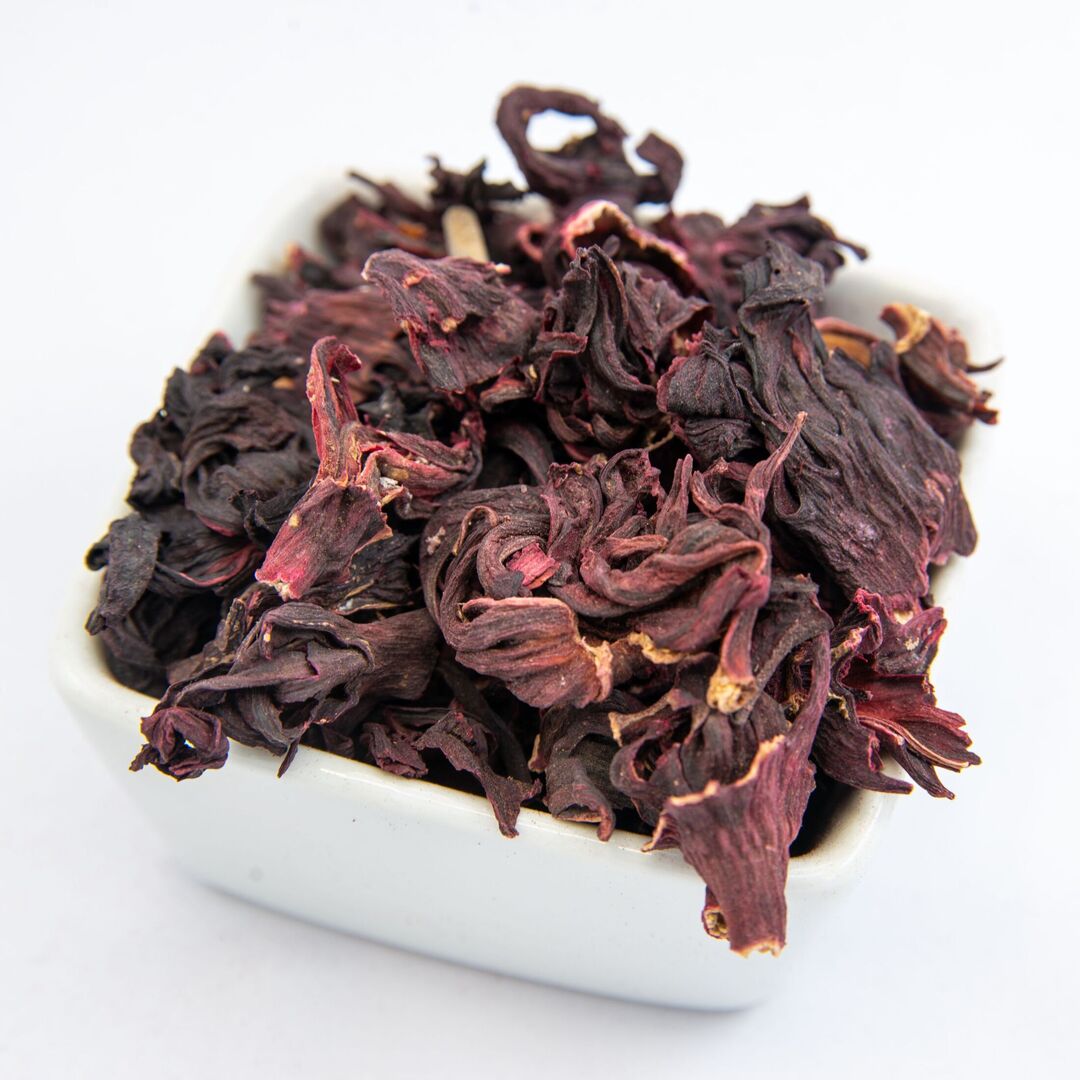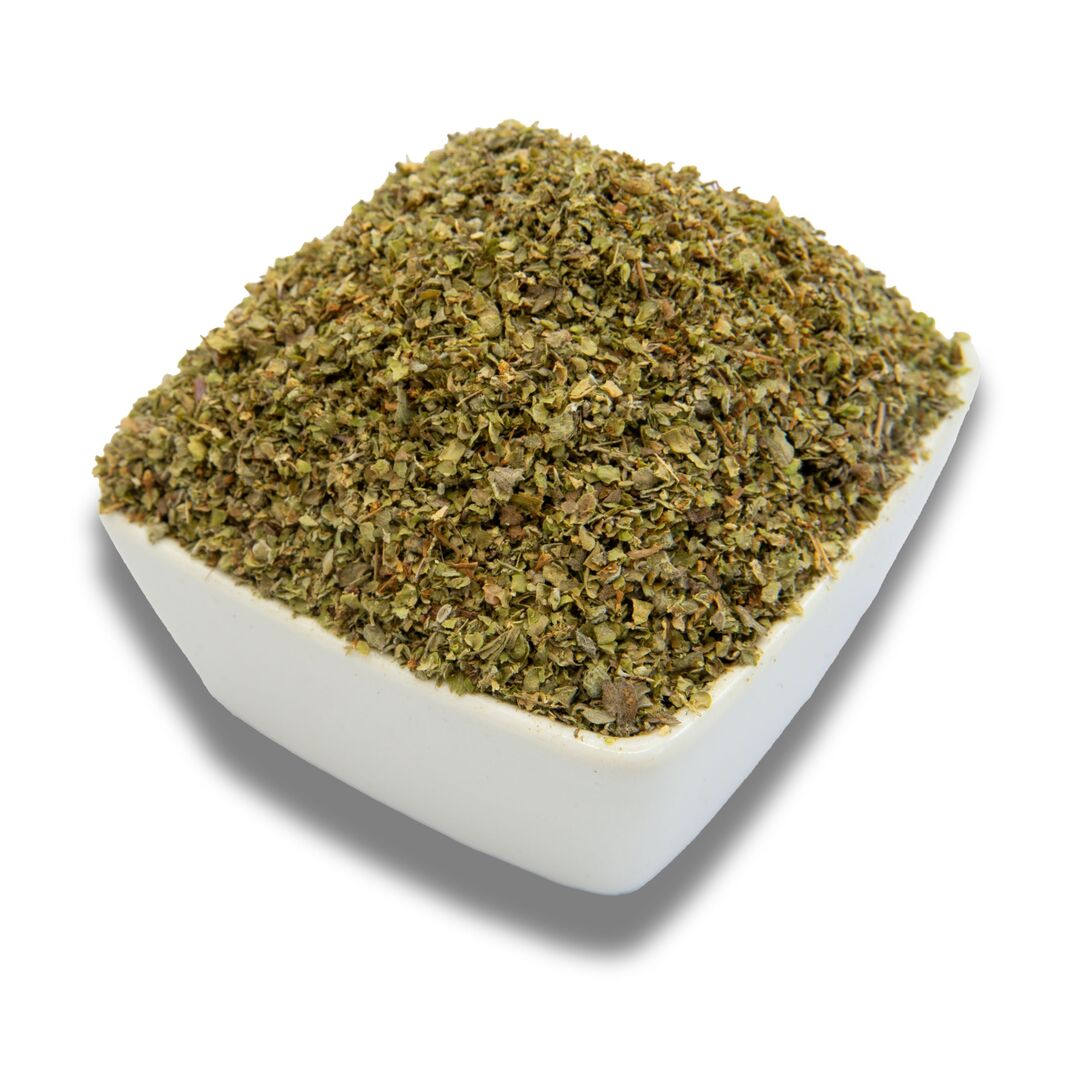Explore the Power of Natural Ingredients: Hibiscus, Spices & More
The Natural Goodness of Hibiscus, Beans, and Spices: Benefits, Uses, and Sourcing Guide
In today’s health-conscious and flavor-driven world, natural ingredients have become the heroes of modern kitchens. From vibrant spices to hearty legumes, consumers and chefs alike are embracing ingredients that not only elevate taste but also provide real health benefits.
In this article, we explore five essential pantry staples—hibiscus, pinto beans, oregano, ground ginger, and ground paprika—to understand their origins, culinary versatility, and why they deserve a permanent place in your kitchen or store shelf.
🌺 Hibiscus: A Floral Superfood for Tea, Beauty, and Beyond
What is hibiscus?
Hibiscus (Hibiscus sabdariffa), often dried into deep crimson petals, is widely known for its tangy flavor and vibrant color. It’s most commonly used in teas, especially agua de Jamaica in Latin America or bissap in West Africa.
Health benefits of hibiscus:
-
Rich in antioxidants like anthocyanins, which help reduce oxidative stress.
-
May support lower blood pressure and improve heart health.
-
Helps promote healthy digestion and acts as a gentle diuretic.
-
Caffeine-free and naturally refreshing.
How to use it:
-
Brew into hot or iced tea.
-
Infuse into syrups or cocktails.
-
Use in jams, sauces, and even natural dyes.
Hibiscus is not just a tea—it’s a bold, botanical ingredient for beverages and wellness products.
🫘 Pinto Beans: The Hearty, Protein-Rich Staple
What are pinto beans?
A staple in Latin American cuisine, pinto beans are beige with reddish-brown streaks. They’re affordable, protein-packed, and incredibly versatile.
Nutritional highlights:
-
High in plant-based protein and fiber, promoting satiety and gut health.
-
A good source of iron, magnesium, and folate.
-
Low in fat and cholesterol-free.
Culinary uses:
-
The base of classics like refried beans and burritos.
-
Great for chili, stews, rice bowls, or vegan burgers.
-
Can be mashed, pureed, or used whole.
Pinto beans are perfect for anyone looking to reduce meat consumption while maintaining rich, comforting flavors.
🌿 Oregano: A Powerful Mediterranean Herb with Medicinal Value
About oregano:
Oregano is a fragrant herb native to the Mediterranean, prized for its earthy, slightly bitter notes. Available fresh or dried, it’s a cornerstone of Italian, Greek, and Middle Eastern cuisines.
Health benefits of oregano:
-
Contains carvacrol and thymol, compounds with antibacterial and antifungal properties.
-
Rich in vitamin K and antioxidants.
-
Used in natural remedies for coughs and respiratory issues.
How to use oregano:
-
Sprinkle on pizza, pasta, grilled meats, or roasted vegetables.
-
Infuse in oils or vinegars for added flavor.
-
Use in spice blends like za’atar or Italian seasoning.
Oregano is more than just a pizza herb—it’s a health-supporting powerhouse.
🌶️ Ground Paprika: A Spice That Adds Warmth, Color, and Complexity
What is paprika?
Paprika is a ground spice made from dried red peppers. Depending on the variety, it can range from mild and sweet to smoky and hot.
Nutritional benefits:
-
High in vitamin A, promoting eye health and immunity.
-
Contains capsaicin, which may help with inflammation and metabolism.
-
Adds flavor without salt or fat.
Best ways to use it:
-
Sprinkle on eggs, potatoes, meats, or seafood.
-
Stir into stews, soups, and marinades.
-
Essential in dishes like goulash, paella, and deviled eggs.
Ground paprika is not only visually appealing but flavor-rich and incredibly flexible in the kitchen.
🌱 Ground Ginger: Warming Spice for Flavor and Health
Origin and profile:
Ground ginger comes from the dried root of the Zingiber officinale plant. It has a warm, spicy-sweet flavor with a slight kick.
Health benefits of ginger:
-
Known for anti-inflammatory and digestive properties.
-
May relieve nausea, muscle pain, and joint stiffness.
-
Contains gingerol, a powerful antioxidant.
Uses in cooking:
-
Ideal for baking (cookies, cakes, muffins).
-
Adds depth to stir-fries, curries, soups, and tea.
-
Pairs well with citrus, honey, and garlic.
Ground ginger is a must-have spice for both sweet and savory dishes—and for those looking to support wellness naturally.




